Features of pak choy cabbage, its cultivation and preparation
Growing pak choi cabbage is not very common, unlike other Asian culture - Chinese cabbage... However, this plant has many advantages, so gardeners should pay attention to it. Plus, it can be used to prepare a wide variety of dishes.
Beneficial features
Pak choy cabbage is appreciated for the nutrients it contains. Among the vitamins, the following stand out:
- vitamin C, necessary to strengthen immunity and improve the condition of blood vessels;
- vitamin K, which has a positive effect on blood composition;
- vitamin A, which is used in cell renewal and maintains vision;
- B vitamins, which have a calming effect on the nervous system and improve appearance.
This cabbage also contains trace elements that are needed for the normal functioning of the body. It contains a lot of fiber, which cleanses the body of toxins, has a positive effect on digestion.
Growing features
The advantages of pak choi cabbage include not only its valuable qualities, but also easy cultivation.
- The culture grows rapidly, and within a month after planting it can be eaten. There are varieties that ripen even faster.
- Growing is possible even on poorly fertilized soil.
- The plant produces a good harvest. You can collect it at any stage, since it is a disruptive type of culture.
A feature of pak choy cabbage is also the fact that it does not form heads of cabbage, but compact rosettes on thick stalks, closely pressed to each other. There are two varieties: plants of one species are completely green, while others have white petioles and green leaves.
Cultivation of a crop should begin in the fall with soil preparation. It is recommended to dig it up and fertilize. Organic fertilizers work well. With the onset of spring, the earth needs to be loosened up. If in the fall it was not possible to fertilize the soil, then in the spring it will be possible to correct the situation with the help of humus.
Pak choy cabbage is grown in two ways: with the help of seedlings or direct planting of seeds in the ground. The second method is preferable because the culture does not tolerate movement very well.
To get seedlings, the seeds must be sown in the second half of March. Peat pots work well for this. To enjoy fresh greens for a long time, it is worth sowing in several stages with an interval of 10 days. After the fifth leaf is formed on the seedlings, it is time to transplant it to a permanent place.
A characteristic feature of the culture: when the day lengthens, it begins to shoot and bloom very quickly, the leaves become unsuitable for food. Therefore, you need to plant seedlings in April. At the same time, you can sow seeds in open ground, but they will have to be covered with foil. The largest crop will be harvested if sowing is done at the end of July.
Sowing and care
For seeds, they break through grooves about 3 cm deep. The distance between them should be 30 cm. The seedlings must be thinned out after they have the first leaves. The optimal distance between the bushes is 15 cm. Then large rosettes can form. Since the leaves of the plant quickly become tough, it is also recommended to sow them in open ground at intervals of several days.
Advice
To get a good harvest, you need to choose the right variety. It must be suitable for growing in appropriate weather conditions.
Further care is quite simple.The plant does not require much attention, it is hardy, cold-resistant and will yield a good harvest with a minimum of effort. You just need to regularly weed out the weeds, water the bushes and loosen the ground. Top dressing is not required, but will help you achieve the best results. It is worth using mineral fertilizers in such quantities: ammonium nitrate - 15 g per square meter, potash fertilizers and double superphosphate - 20 g each. It is allowed to use complex fertilizers from various manufacturers, as well as wood ash.
Dangerous pests
Pak choi cabbage can be affected by some pests. First of all - from the cruciferous flea. This small insect is able to destroy an entire bush very quickly. It appears in early spring when the sun begins to warm. To protect plants, you need to take care of prevention. Fleas do not like wet ground, so plantings should be well watered. It is also necessary to loosen the soil.
Another way to combat pests is to pollinate cabbage bushes with pak choy with wood ash or tobacco infusion. You need to carry out the procedure in the morning. You can also use an infusion of garlic and fresh tomato leaves, or a solution of vinegar water. If other means do not help, then the use of chemicals is allowed. For example, it could be Kinmix. The instructions tell you exactly how to use it.
Some pests will have to be removed by manual collection. During the period when leaves are formed, you should inspect the bushes from time to time. If clutches of eggs of common cabbage whites are found, they must be immediately destroyed. Both rain snails and garden slugs, especially if the cultivation of the crop takes place in the open air. It is recommended to collect them manually. Special baits, in which alcoholic infusion is mixed with bran, can also help. In some cases, the use of chemicals such as Rodax is justified.
Advice
Do not rush with the use of chemicals, since the harmful substances they contain can accumulate not only in the soil, but also in the leaves themselves. It is better to take preventive measures on time. Then there will be no problems with obtaining the harvest.
How to use
Growing pak choy cabbage is not difficult, it needs minimal care. Moreover, it is very useful and has an unusual taste. Unsurprisingly, her popularity is growing. The plant is eaten both raw and stewed and boiled, as a side dish for meat dishes. Raw leaves are slightly bitter, they resemble arugula. They can be added to a variety of salads. If the cabbage is thermally processed, then it will acquire a sweetish taste.
The product is boiled like this: first, the stalks are thrown into the water, and after 5 minutes the leaves are added. The plant can be stewed and fried, even pickled and salted. It is widely used in Chinese cuisine. You can try making an unusual soup. First, marinate 300 g of chicken breast, cut into pieces, in a mixture of soy sauce, garlic and ginger. Let stand, then lightly fry in a pan. Next, you need to brew 50 g of rice noodles according to the instructions on the package, arrange in two plates, and also distribute the chicken. Bring 500 ml of chicken broth to a boil, add 200 g of pak choy cabbage and cook for a couple of minutes. At this time, chop the greens and chili. Pour the finished broth into plates and add the herbs.
You can also make a simpler dish. For example, stew pre-marinated chicken breast or pork in a pan with cabbage. There are many recipes, so you can find the right one.
Growing pak choy cabbage will allow you to diversify your diet with a tasty and healthy supplement. The product is low in calories, so it is suitable even for a diet menu. The unpretentiousness of the plant will allow even beginners to get a good harvest.
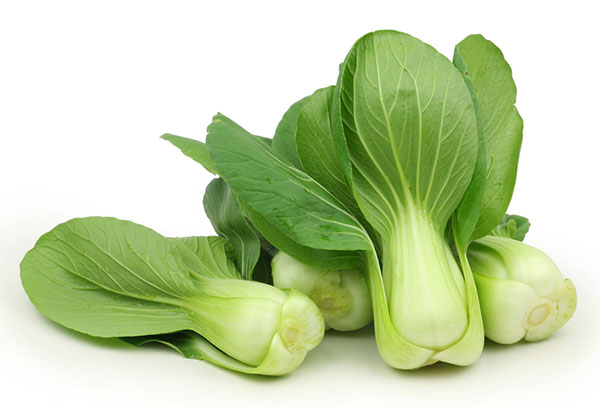
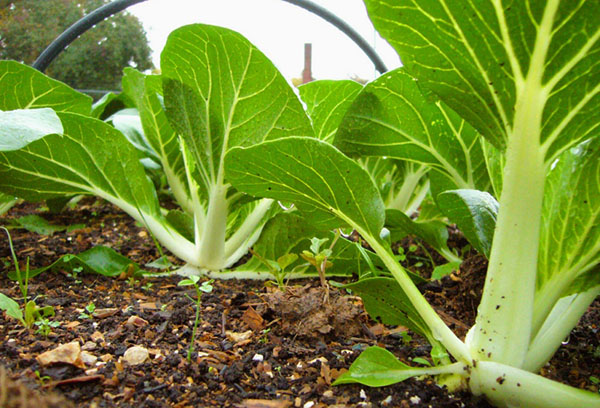
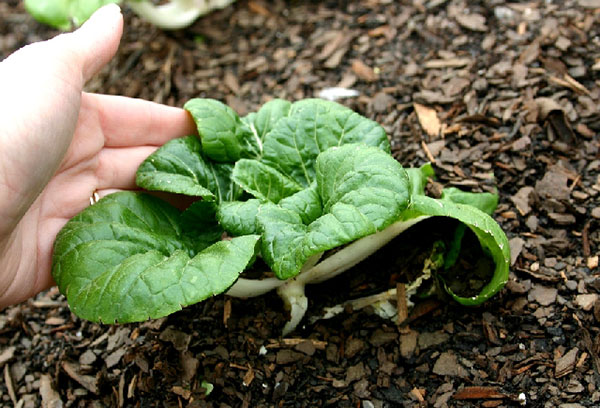
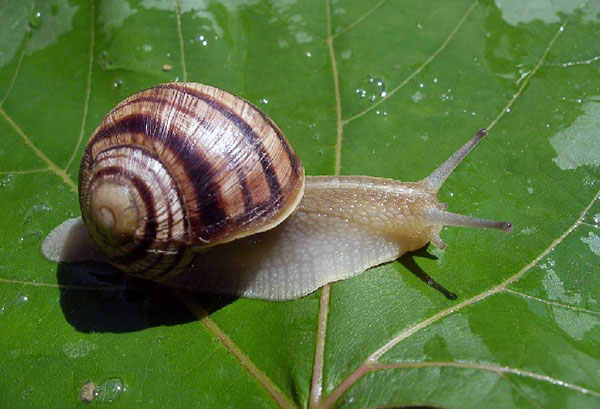
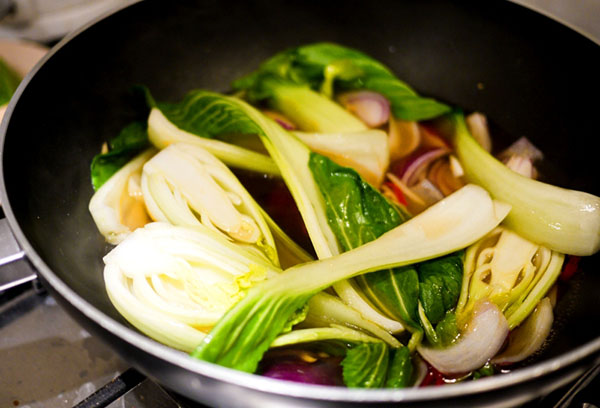
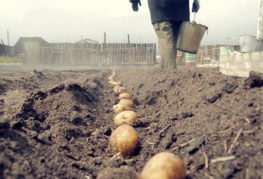
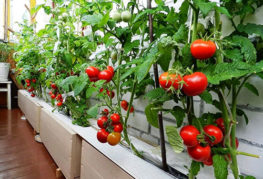

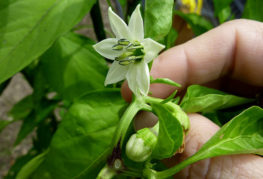
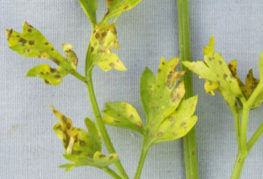
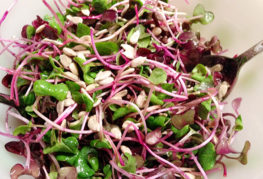
and will be published shortly.